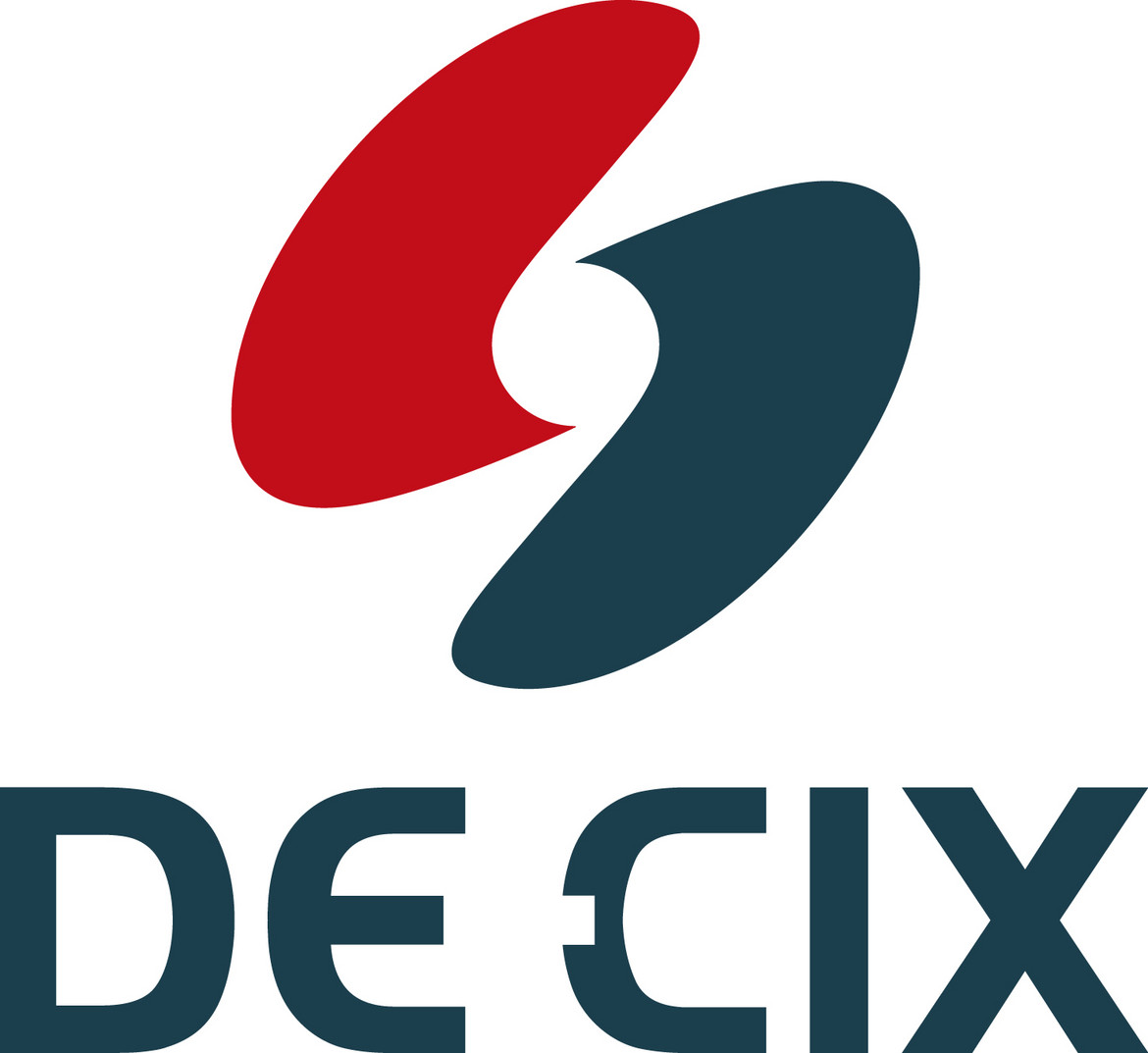Optimizing Cloud Connectivity for Business Success
With multi-cloud gaining ground as a strategic advantage for companies, the lack of interoperability between cloud providers poses a challenge for cloud architects. Dr. Christoph Dietzel from DE-CIX, on optimizing connectivity between clouds to ensure seamless interoperability.

©metamorworks | istockphoto.com
Cloud architects are continually striving to integrate data and workloads across multiple cloud environments. However, the lack of interoperability between different cloud providers poses a significant challenge. Dr. Christoph Dietzel, Head of Global Products & Research at DE-CIX, offers insights into optimizing connectivity between clouds to ensure seamless interoperability.
As companies and their products and services evolve in the digital era, countless new cloud-based tools, services, and environments become necessary for development, testing, and the optimization of business processes. A bottom-up creation of isolated cloud environments by individual teams and departments may enable those teams to choose best-in-class services for their use-case, but it also means that many companies possess disparate cloud environments lacking an overarching systematic approach.
Cloud architects are thus faced with a growing demand for data and workloads from one cloud environment to be made available to support systems and applications in other clouds. Unfortunately, existing cloud infrastructures have often not been conceived to enable seamless interoperability, so that cloud architects face obstacles in integrating disparate cloud environments into their infrastructure.
Why multi-cloud?
While reverting to a single-cloud policy may seem like a viable solution, it is not. A single-cloud policy not only harbors the risk of vendor lock-in, with inflexibility in terms of costs and quality, it also represents a single point of failure for critical processes. A multi-cloud policy allows a company to develop strong business continuity plans to manage all manner of infrastructure outages through provider diversity, cloud backups, and failovers to different clouds. It also enables a “best of breed” approach to ensure the highest quality of specialized cloud-based services and applications.
Not only that, but companies that have migrated from legacy to the cloud will eventually reach a size where a multi-cloud strategy becomes a commercial and operational advantage. Even cloud-native companies that use a greenfield approach (starting off with a one-cloud strategy) will at some stage need to evaluate the move to a multi-cloud approach. Thus, a robust multi-cloud strategy is more than advisable.
Connecting clouds – placing a priority on security and performance
Bringing all data traffic back to the company infrastructure before it is sent to a second cloud can cause a massive increase in the distance that data needs to travel, and thus latency. As many applications, such as databases, are highly latency-sensitive, with a tendency to time out, latency must be kept to a minimum between clouds. This necessitates connectivity and interoperability between clouds.
There are only a few methods for connecting clouds to one another. Firstly, it is possible to purchase Internet gateways from each of the cloud providers being used, and have the data (randomly) traverse the public Internet to get from one cloud to the other. However, connecting clouds via the public Internet poses security and performance challenges, with potentially no improvement in latency and no control over data pathways. This represents an unacceptable risk for critical data, workloads, and systems. Setting up virtual gateways and VPN tunnels improves security but the data is still susceptible to the capriciousness of the public Internet. Adding insult to injury, cloud service providers charge higher cloud egress costs to transfer any data out of their cloud via the public Internet.
Direct connectivity offers a more robust, secure, and high-performance solution. By establishing direct connections on the IP layer, using the direct connectivity service of the respective cloud provider (e.g. Azure Express Route, AWS Direct Connect, etc.), companies bypass the public Internet, and control the data pathway. This ensures the shortest distance between the clouds, reducing latency, enhancing security, and additionally minimizing cloud egress costs. In fact, it has been conclusively demonstrated that is it less expensive to use private network connectivity to clouds if the company has more than a mere 25 megabits per second (Mbit/s) of traffic. Once a company exceeds this amount, the private connectivity pays for itself.
Utilizing a Cloud Exchange like those operated by DE-CIX simplifies cloud connectivity by providing access to multiple clouds through a single connection, with a self-service portal and API to enable automated adjustments according to up-to-the minute business requirements.
Translating between clouds
The next step in optimizing connectivity between clouds is to ensure the translation between the different infrastructures. A cloud router can be used to interconnect the direct connectivity services of each cloud provider, harmonizing cloud environments at the network layer to ensure resilience, flexibility, and low latency akin to working in a single cloud environment. Translation is also needed across all software layers, which will need to be addressed by software development and DevOps.
A virtualized cloud-routing service, like those offered by DE-CIX at the company’s many Cloud Exchanges, connects and translates between the clouds directly on the exchange platform. This has the advantage of using the shortest possible data pathway between cloud on-ramps. In this way, a company can ensure the lowest latency between any clouds for seamless, secure, and the most cost-efficient data transfers. The DE-CIX Cloud ROUTER can also be used to harmonize environments across hybrid scenarios, translating between on-prem and private cloud infrastructure and the company’s multi-cloud landscape. For pure cloud-to-cloud scenarios, it is not even necessary to have any data center infrastructure, because the DE-CIX Cloud ROUTER can also exist as a stand-alone connectivity between clouds. This makes it a perfect solution for cloud native companies as well.
Finding the support you need
Direct cloud connectivity via a Cloud Exchange, coupled with a cloud-routing service, is an excellent way to alleviate the pain of the lack of cloud interoperability, whilst still reaping the rewards of a multi-cloud scenario. Such a service bundle can either be ordered directly over the Cloud Exchange operator or by going through a systems integrator or managed service provider (MSP) that acts as a partner of the operator.
At DE-CIX, for example, great value is placed on supporting customers in the design and implementation of robust cloud networking, with both in-house support and a strong partner program. The DE-CIX partner program has recently been extended to offer increased support to managed service providers (MSPs), systems integrators, and IT consultancies. DE-CIX is the only data center and carrier neutral IX and Cloud Exchange operator worldwide to extend its partner program to enterprise-facing partners in this way. Therefore, there are many ways to get the support you need in understanding your company’s traffic patterns and connectivity needs and designing appropriate connectivity.
Optimizing cloud connectivity via a Cloud Exchange alleviates challenges associated with disparate cloud environments. Simultaneously, addressing performance issues and ensuring cost-effective and secure data exchange, cloud-routing services offer a holistic solution for the modern enterprise. By prioritizing multi-cloud interoperability and leveraging direct connectivity, businesses can streamline operations, reduce costs, and turn their focus to achieving strategic objectives.
Dr. Christoph Dietzel is Global Head of Products and Research at DE-CIX. Previously, he was Head of the DE-CIX R&D team, and he has been responsible for several research initiatives, including numerous projects funded by the public sector (EU, German Federal Ministries). Chris gained his PhD at the Technische Universität Berlin and has published at various renowned conferences and for journals including ACM Sigcomm, ACM IMC, IEEE Communications Magazine, and IEEE Journal on Selected Areas in Communications.





